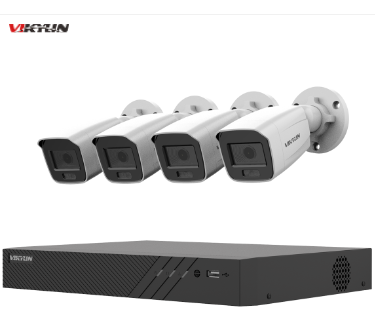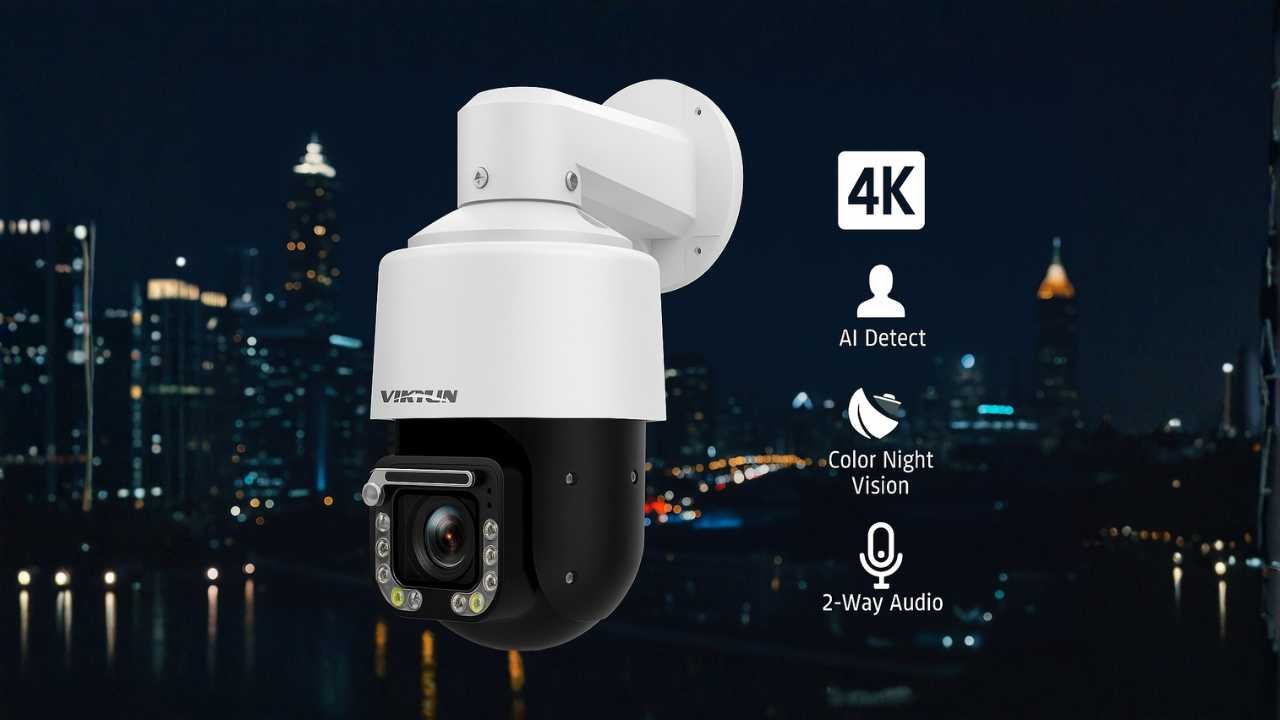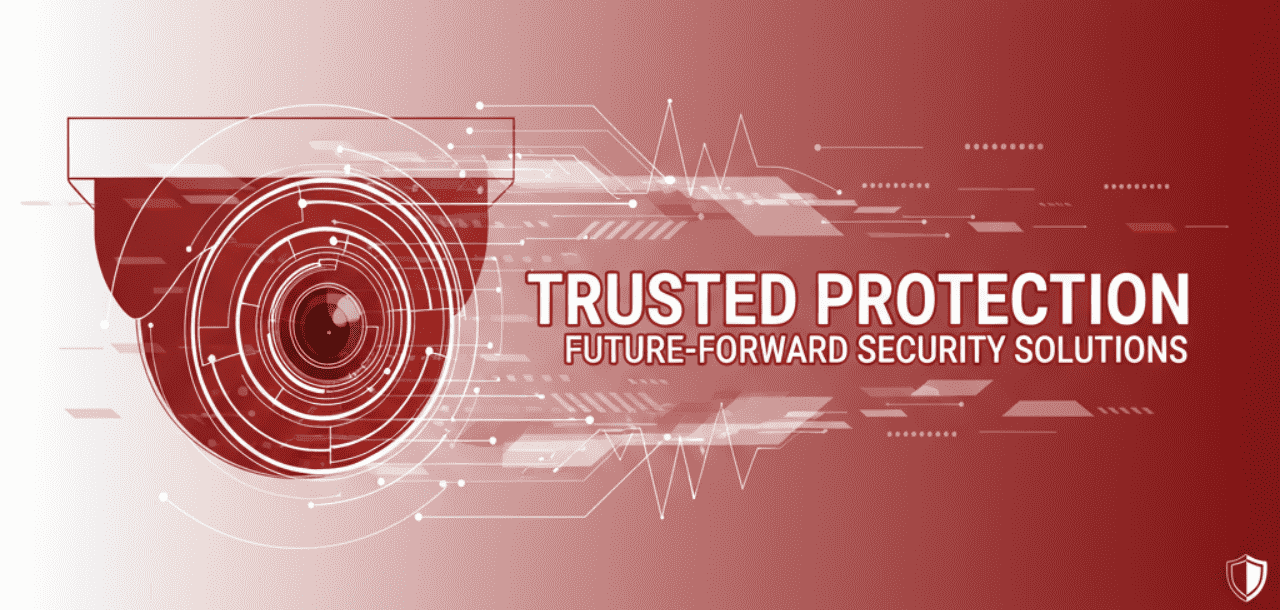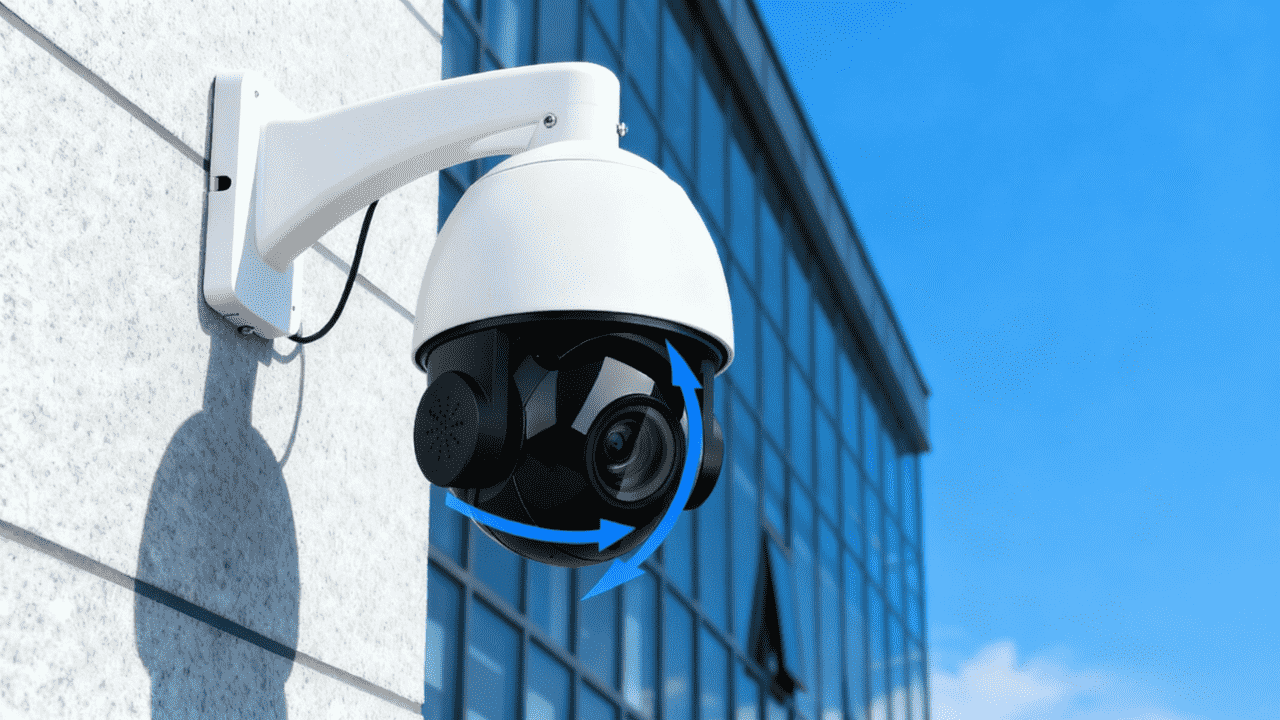
In recent times, the video surveillance system has become an important requisite at business as well as residential levels. They always played a key part in defense for several critical applications. Many businesses, especially small scale ones, understated the importance of a surveillance system. However, it is essential in the current times to ensure the overall safety of employees, the confidentiality of data, and safeguarding other such important aspects of a business. Today, WiFi and PoE camera systems have emerged popular security solutions. Both the security systems are gaining immense momentum owing to their beneficial features. No matter what you choose WiFi or PoE cameras, it’s quite difficult to ignore the importance of these security devices in every facet of our daily lives. This post explores WiFi and PoE camera systems in detail.
An Introduction to WiFi Camera Systems
As an alternative to PoE cameras, a WiFi camera system connects cameras to a wireless router without any hardwired connection. Thus, it is called a WiFi camera system. However, they still require wired power. They transmit security footage from the camera to the recorder, further, which can be accessed within a network or remotely through app or software. This means the user can access the footage either through cloud storage or built-in devices. Through software, the user can not only view the cameras’ video feed but also have access to several features of cameras settings. Additionally, the user can access sound or any movement that takes places within its radius.
A Complete Overview of PoE Camera Systems
Before comparing WiFi and PoE cameras systems, it is important to know more about each of them. This section explains PoE cameras in detail. A power over Ethernet (PoE) camera is much like a traditional security camera. As the name suggests, it is the wired system that requires cables for power, video transmission, and internet connection. PoE technology is used to transmit both data as well as power through a single cable. IP cameras equipped with PoE technology can send video records to the network while receiving power from the same PoE switch. This makes the installation process more flexible and easier than the latter. PoE cameras are known for their reliability and consistency. Unlike WiFi cameras, these systems do not face issues such as interference and signal jamming.

WiFi vs PoE Camera System – How to Make an Appropriate Selection?
Both WiFi and PoE security cameras can offer basic monitoring functions, but they are rather distinct. Both the systems have their pros and strength, so it’s not simple to make a wise and quick decision. The following pointers will help you better understand their benefits in distinct applications.
- Transmission Speed: Data transmission speed has improved with the aid of PoE technology. PoE may deliver up to 2.5 to 5Gbps data over distances of 100 meters by adopting Cat5 and Cat6 patch cables. WiFi cameras are nothing but WiFi jammers. For instance, if 4 IP cameras over the network transmit data continuously, then this will slow down the WiFi and put a strain on your internet.
- Installation: As discussed earlier, the PoE camera transmits both power and data using a single cable. This means, there is no need for a secondary cable for power. This makes the setup process much easier and more flexible. Also, there is no need to install the camera close to the power source as the PoE switch directly provides the power source. On the other hand, WiFi cameras are connected to the WiFi network for footage transmitting. Thus, there is no need to run the cables from the recorder to the cameras, making the installation process easier. However, for Wi-Fi systems, you need an expert networking team for any technical issues and security reasons.
- Security: There are fewer chances of network attacks in hardwired systems on the account of the automatic emails and auditory alerts. However, wireless networks are more prone to spoofing and hacking as the spoof and the destination device’s address, as well as data format, will achieve the goal.
- Power Management: Implementing PoE technology, the user can rely on the centralized or centrally-managed uninterrupted power supply (UPS) for backup power. On the other hand, Wi-Fi cameras utilize individual power management systems.
- Cost: PoE cameras are more expensive than WiFi cameras. To setup PoE cameras, the user will require a decent network switch, PoE supported Ethernet cables, qualified PoE IP cameras, which automatically increases the installation costs. On the other hand, WiFi cameras require fewer tools and accessories, which saves money and known as a cost-saving option.
- Coverage: The PoE cameras need to be located within 100 meters, which is ten times than the WiFi ones. This means the connection distance of Wi-Fi cameras needs to be within a 10-meter radius of the router signal, which is the biggest pitfall of a wireless connection.
Are you looking for a reliable camera for your surveillance system? Ensure you source them from reliable suppliers who have their networking experts. No matter what you choose, contact Vikylin with 24*7 available for help. Their wide range of inventory ensures the highest performance for most of the most demanding applications.






